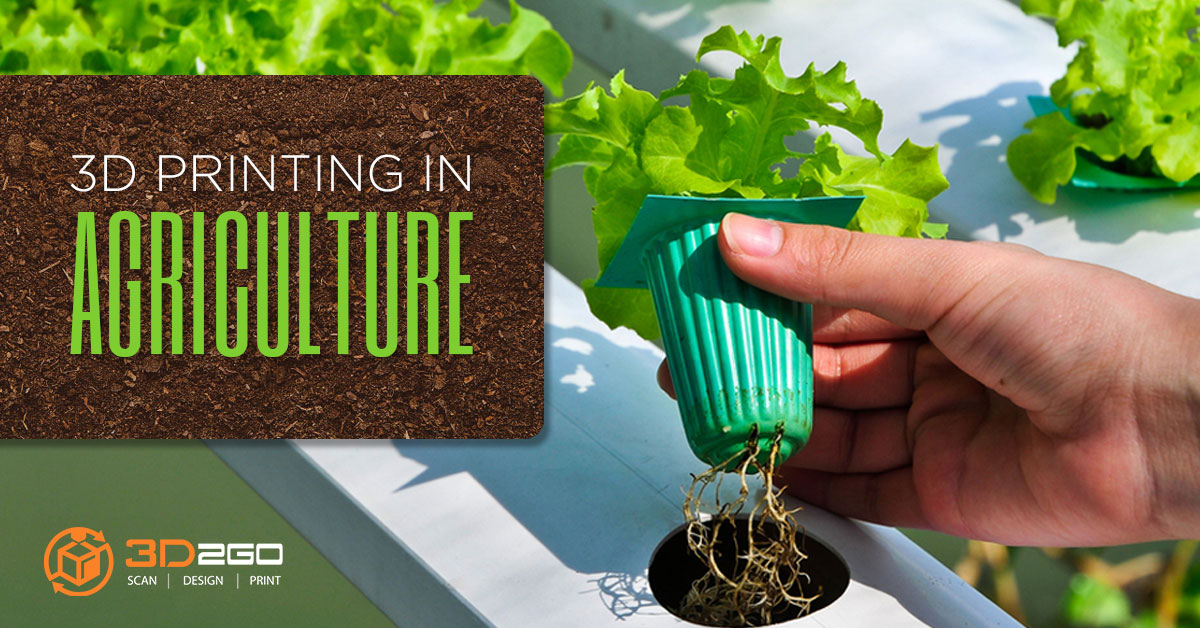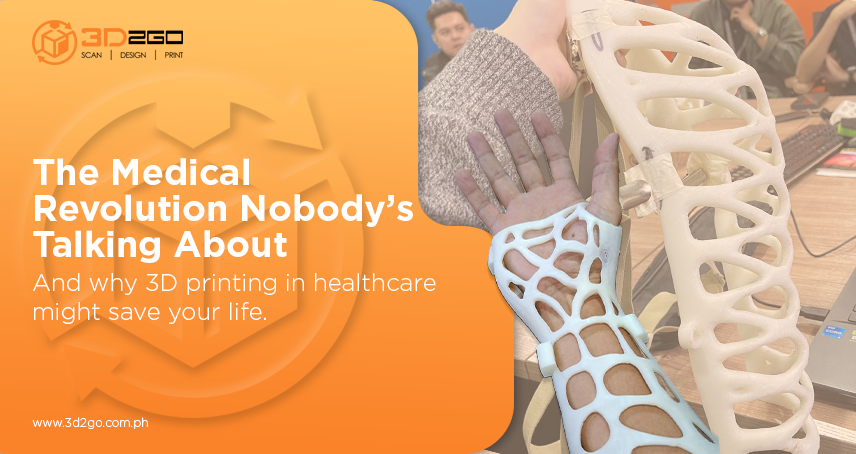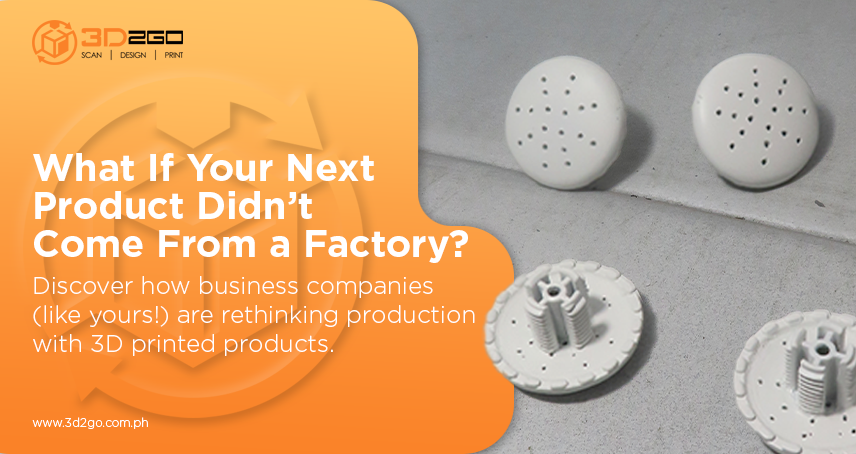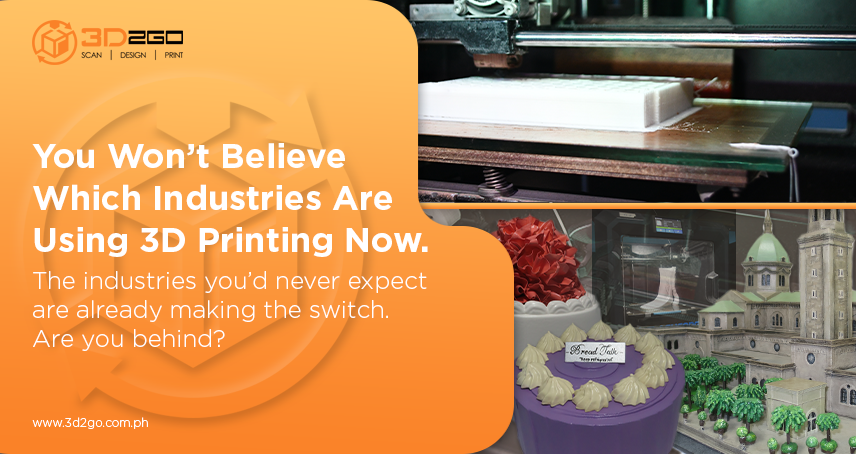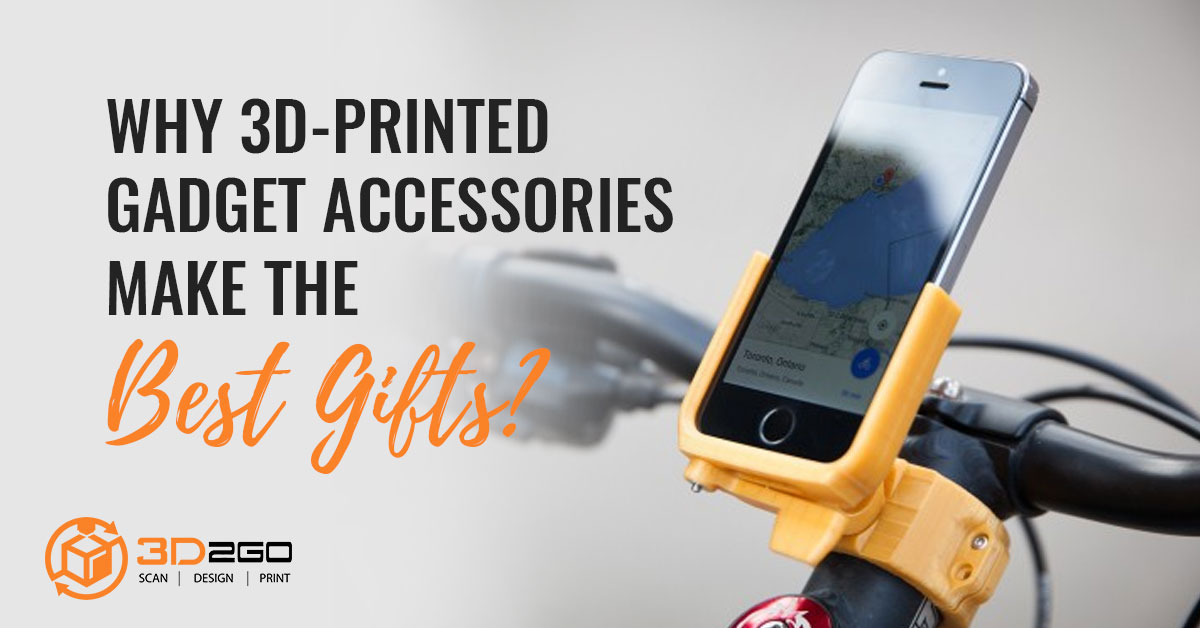
3D-Printed Gadget Accessories as Perfect Gifts for Collectors
May 7, 2022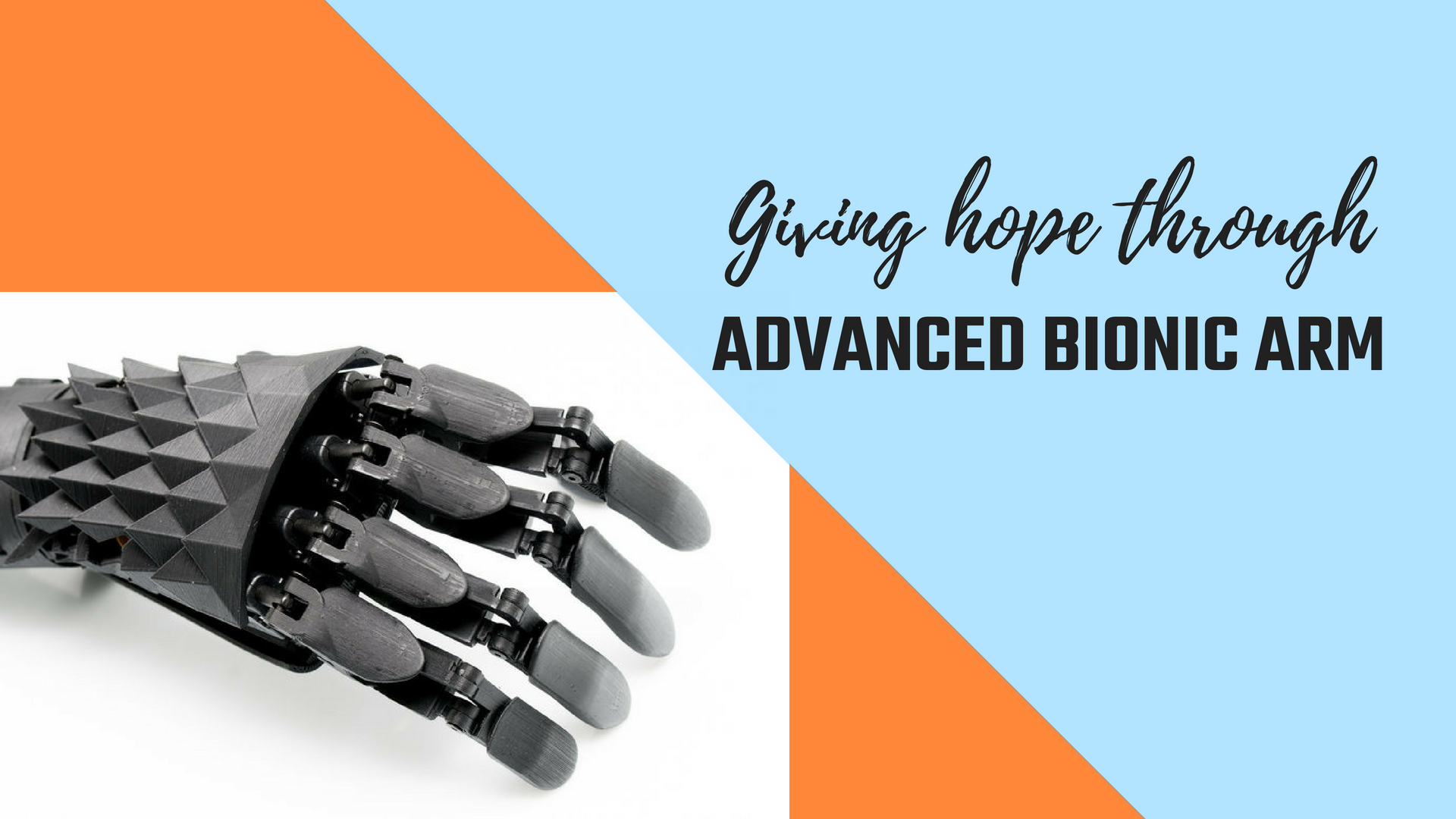
Advanced Bionic Arm Through 3D Technology
May 7, 2022Agriculture has always been based around one basic idea: how do we feed ourselves? Well, it turns out that 3D printing has brought about some significant innovations related to mass production and labor, two things that are particularly important to food production. How we feed ourselves is changing, and 3D printing is set up to be a major part of that.
Success stories about the 3D printing of various objects seem to be multiplying. From a car, a hamburger and even human tissue, these stories are showing us that the sky’s the limit when it comes to 3D printing’s possibilities and agriculture is no exception.
As this additive manufacturing service technology continues to develop and becomes more accessible, farmers may soon find themselves turning to a 3D Printer to replace a broken tractor part instead of waiting several days for a replacement part to arrive by mail.
3D printing requires a variety of material inputs and creates a physical object from a three-dimensional digital model. Most 3D printers accomplish this feat by printing many successive ultra-thin layers of the input material until the desired object is produced.
3D printing technology isn’t only valuable as a catalyst for major change. It can also help farmers produce traditional tools and equipment at a much more affordable and rapid rate. Most farmers are already using 3D printing in their machinery for the design process. they have been printing models and concept that they can use practically. there have been many prototypes that are very functional. they are being tested before using and the flaws are removed and a better one will be printed after. Because 3D prototypes can be printed rapidly, the product turnaround for farm equipment replication can be cut dramatically.
With the advent of cheaper additive manufacturing service, smallholder farmers may rely on 3D printing shops for all their farm equipment replication needs. If 3D printing takes off in emerging economies at even a fraction of its potential, including the opportunity for recycling metals and plastics, 3D printing could play a major role in making even the most resource-constrained farms more viable. It is the business models that impact and differs the agriculture. These 3D printed designs are the ones giving advantages to agriculture.
Farmers benefit indirectly, by gaining more control over the products they eventually will buy.
So where will 3D printing ultimately take the farmer?
3D printing could empower farmers to increase self-sufficiency.
There might come a time where farmers can just look up design online and 3D print them in their own home. Or, if that it too much, machinery manufacturers and owners are the ones that can look up and purchase the 3D designs online for their products. Also, having replacement parts ready anytime and just one click away is so much advantageous for farmers.
Moreover, 3D printing lets the manufacturers design their prototypes the way they want. They can even change errors and redesign them to fit the product or machine perfectly. That way, it will be so much cheaper especially in the long run.
So, how do we feed ourselves?
As the world’s population grows, this question will only become more important. 3D printing and agriculture will have a relationship of design and innovation shaping the answer.
If you want a 3D printed farming material/s, don’t think twice about contacting us!


